How a Vein Doctor Treats Common Circulation Problems
Circulation plays a vital role in keeping every part of the body functioning efficiently. When blood flow is restricted or veins become damaged, people often experience discomfort, swelling, or visible vein issues that require professional attention. While some individuals may overlook these symptoms, doing so can allow underlying problems to progress. Visiting a qualified vein doctor ensures you receive an accurate diagnosis, effective treatment, and long-term relief. This article explores how a vein specialist addresses common circulation problems and helps restore healthy blood flow.
1. Understanding Circulation and Vein Health
The body’s circulatory system is responsible for transporting oxygen and nutrients to tissues while carrying away waste products. Veins play a crucial role in returning deoxygenated blood to the heart. When veins weaken or valves malfunction, blood can pool, leading to visible or painful issues such as spider veins, varicose veins, or chronic venous insufficiency.
A vein doctor, also known as a phlebologist or vascular specialist, focuses on diagnosing and treating these circulation-related disorders. They evaluate how well your veins function using advanced imaging technologies and physical examinations. This assessment helps determine whether your symptoms stem from superficial vein issues or deeper circulatory concerns. Early diagnosis is essential to prevent complications such as swelling, skin discoloration, and ulceration.
2. Diagnosing Common Circulation Problems
A vein doctor begins the diagnostic process by conducting a detailed consultation and physical examination. They ask about symptoms such as leg heaviness, cramping, fatigue, or visible vein bulging. Modern vein clinics often utilize duplex ultrasound imaging, a noninvasive tool that measures blood flow and identifies areas of valve dysfunction or clot formation.
This technology allows the physician to pinpoint the underlying cause of discomfort, distinguishing between cosmetic and medical conditions. For example, spider veins may simply cause aesthetic concerns, while varicose veins or deep vein thrombosis require prompt medical intervention. Once the problem is identified, the doctor can create a personalized treatment plan that addresses both the cause and symptoms of poor circulation.
3. Noninvasive and Minimally Invasive Treatments
Modern medicine has made tremendous strides in treating vein problems without major surgery. A vein doctor now relies on minimally invasive procedures that can be performed in-office, allowing patients to return to daily activities quickly.
One of the most common techniques is sclerotherapy, where a special solution is injected into the affected vein, causing it to collapse and eventually fade from view. Another popular treatment, endovenous laser therapy (EVLT), uses laser energy to seal off malfunctioning veins and reroute blood through healthier vessels. Similarly, radiofrequency ablation (RFA) uses controlled heat energy to achieve the same result with minimal discomfort.
For larger or more complex cases, ambulatory phlebectomy may be performed to remove damaged veins through tiny punctures. These techniques not only improve circulation but also enhance the leg’s appearance and comfort. Most patients experience relief within days, emphasizing the effectiveness of modern vein care.
4. Treating Varicose Veins and Venous Insufficiency
Varicose veins are among the most common and visible signs of poor circulation. They occur when vein valves fail to close properly, allowing blood to pool and stretch the vein walls. This condition often results in aching, heaviness, or swelling in the legs, particularly after long periods of standing.
A vein doctor evaluates the severity of varicose veins and recommends treatment accordingly. For mild cases, lifestyle changes such as wearing compression stockings, maintaining a healthy weight, and exercising regularly can improve circulation. However, moderate to severe cases often require medical treatment like EVLT or RFA to close off the damaged veins and redirect blood flow.
According to the American Heart Association, nearly 50% of people with varicose veins also have a family history of the condition, highlighting the need for vein care clinics. This statistic underscores why it is crucial to consult a specialist rather than ignore symptoms that may worsen over time.
5. Managing Chronic Venous Disease and Deep Vein Thrombosis
Chronic venous disease (CVD) is a progressive condition where veins struggle to send blood back to the heart efficiently. Left untreated, it can lead to skin changes, ulcers, or dangerous clot formation. A vein doctor helps manage CVD through a combination of compression therapy, lifestyle recommendations, and procedural treatments designed to restore healthy blood flow.
Deep vein thrombosis (DVT) is another serious circulatory issue involving blood clots in deep veins, typically in the legs. These clots can become life-threatening if they travel to the lungs, causing a pulmonary embolism. To diagnose DVT, doctors rely on ultrasound imaging and sometimes blood tests to detect clotting abnormalities.
Treatment may include anticoagulant medications, compression garments, and careful monitoring. In some cases, minimally invasive procedures are used to remove or dissolve the clot. The expertise of a vein doctor ensures that patients receive timely intervention, reducing the risk of complications and promoting long-term vascular health.
6. Lifestyle Recommendations for Better Circulation
Beyond medical treatments, a vein doctor emphasizes preventive strategies to maintain optimal blood flow. Simple changes in daily habits can make a significant difference in circulation health. Patients are often encouraged to stay physically active, as regular walking or low-impact exercises help strengthen the calf muscles that pump blood upward toward the heart.
Maintaining a healthy weight also reduces pressure on the veins, while avoiding prolonged sitting or standing prevents blood from pooling in the lower extremities. Elevating the legs periodically can also promote better venous return. Additionally, wearing compression stockings provides external support to improve blood flow and reduce swelling.
Doctors may advise limiting high-sodium foods, as excess salt can cause fluid retention, and drinking plenty of water to keep the blood moving efficiently. These small but consistent changes, when paired with professional vein care, can dramatically improve circulation and overall vascular health.
7. The Importance of Early Intervention and Regular Checkups
One of the biggest mistakes patients make is delaying professional evaluation until symptoms worsen. Vein conditions often start subtly with minor swelling or visible veins, but can quickly progress to discomfort and skin damage. Regular visits to a vein doctor allow for early detection and management before problems escalate.
Routine checkups also benefit individuals with a family history of vein issues or those in occupations requiring long hours of standing or sitting. Through ultrasound imaging and physical assessments, specialists can monitor vein health and recommend preventive measures tailored to the individual’s risk factors. Early intervention not only prevents complications but also ensures patients maintain comfort, confidence, and mobility in their daily lives.
8. Advancements in Vein Treatment Technology
Modern vein clinics are equipped with state-of-the-art tools that enhance both diagnostic accuracy and treatment success. Technologies such as high-frequency ultrasound, laser therapy, and thermal energy systems have revolutionized vein care by minimizing downtime and discomfort.
These advancements allow a vein doctor to treat patients with precision, ensuring healthy veins remain unaffected while damaged ones are safely sealed or removed. The result is smoother recovery, fewer complications, and better cosmetic outcomes. As research continues, new innovations like adhesive-based vein closure systems and advanced imaging methods promise even more effective, patient-friendly solutions in the years ahead.
Healthy circulation is essential for overall wellness, and addressing vein problems early can prevent discomfort and long-term complications. From varicose veins to chronic venous disease, today’s vein doctor uses advanced diagnostic tools and minimally invasive treatments to restore healthy blood flow and enhance quality of life. Whether you are experiencing leg pain, swelling, or visible veins, professional evaluation is the key to lasting relief and confidence in your health.
If you suspect a circulation issue or want to learn more about advanced treatment options, contact Advanced Cardiology and Vein Center of South Jersey today to schedule your consultation and take the first step toward healthier veins and improved well-being.
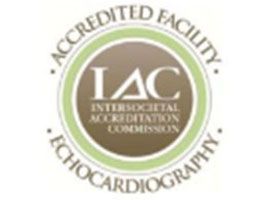
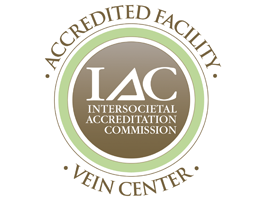
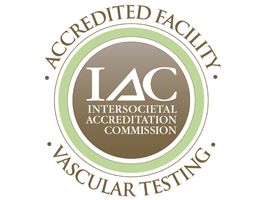
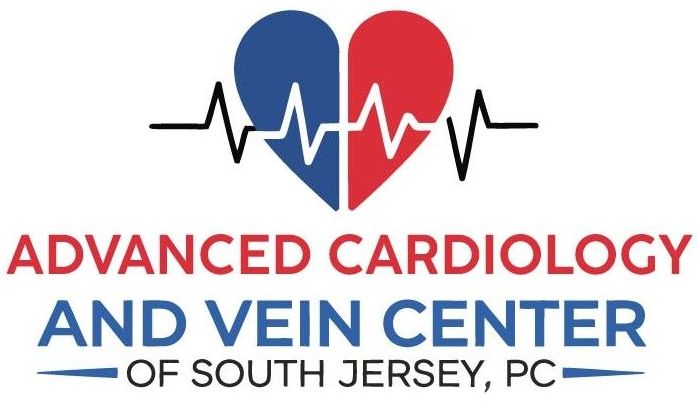

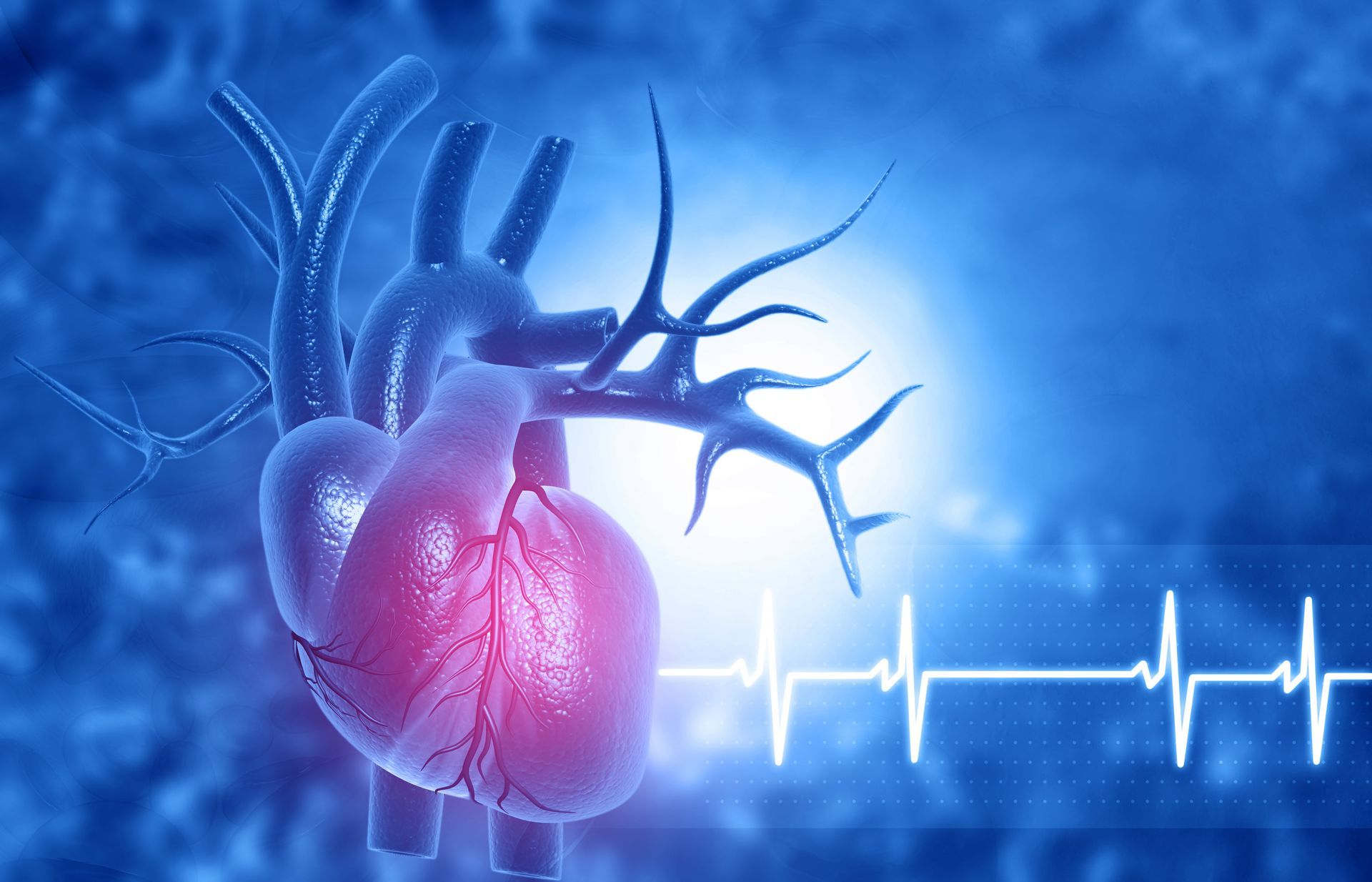
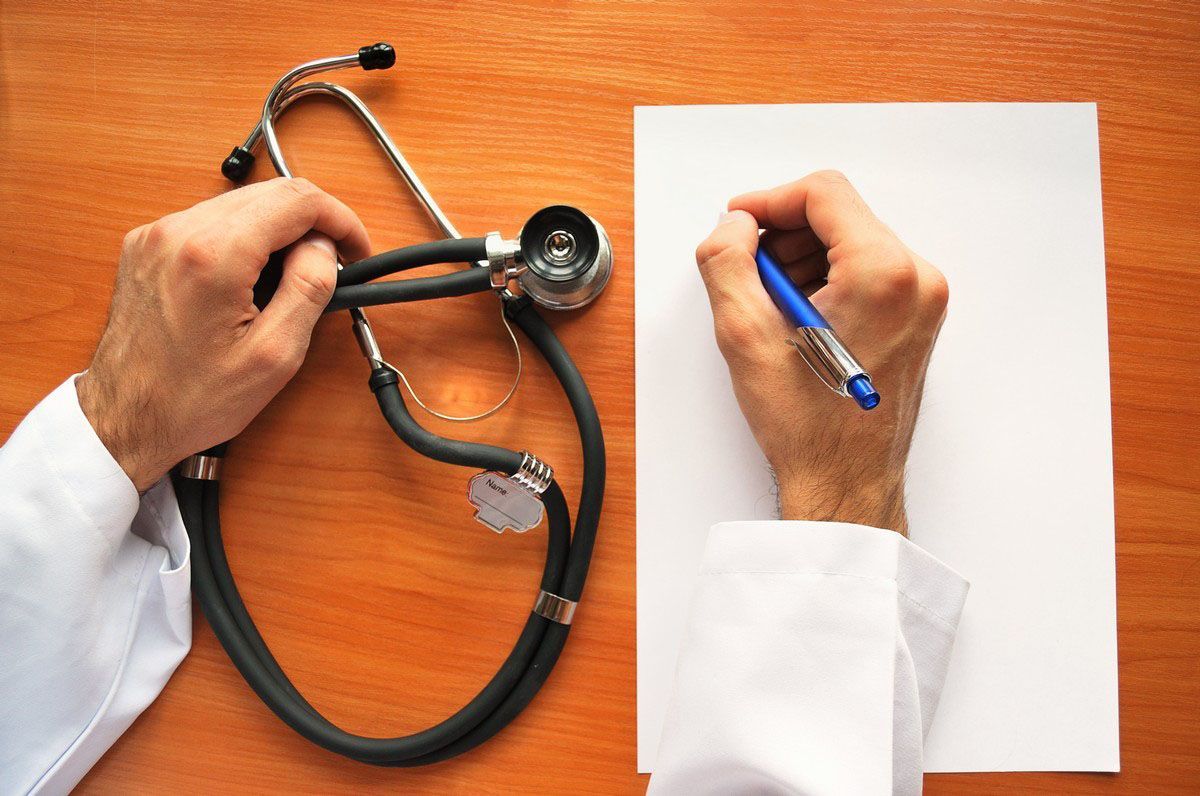

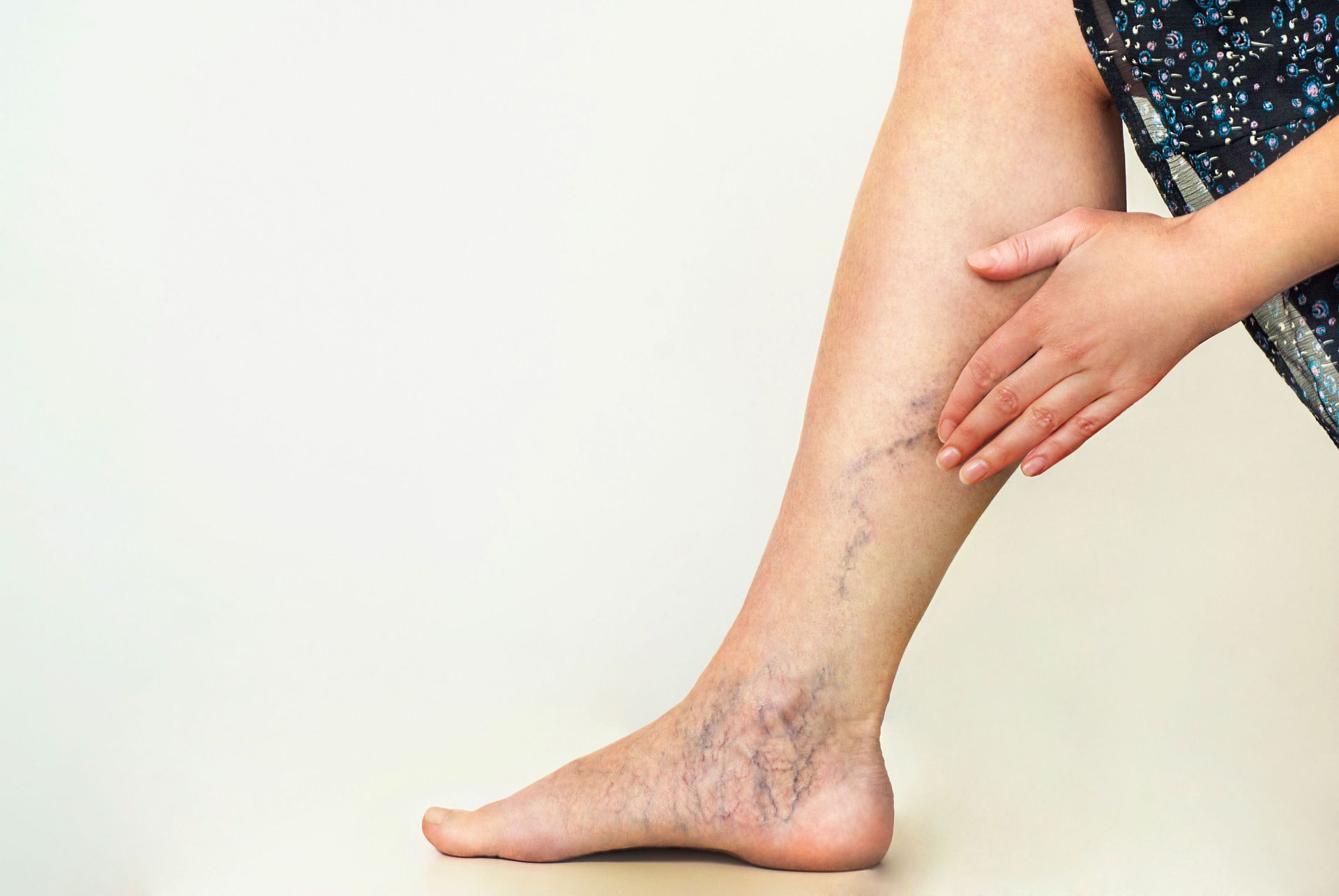
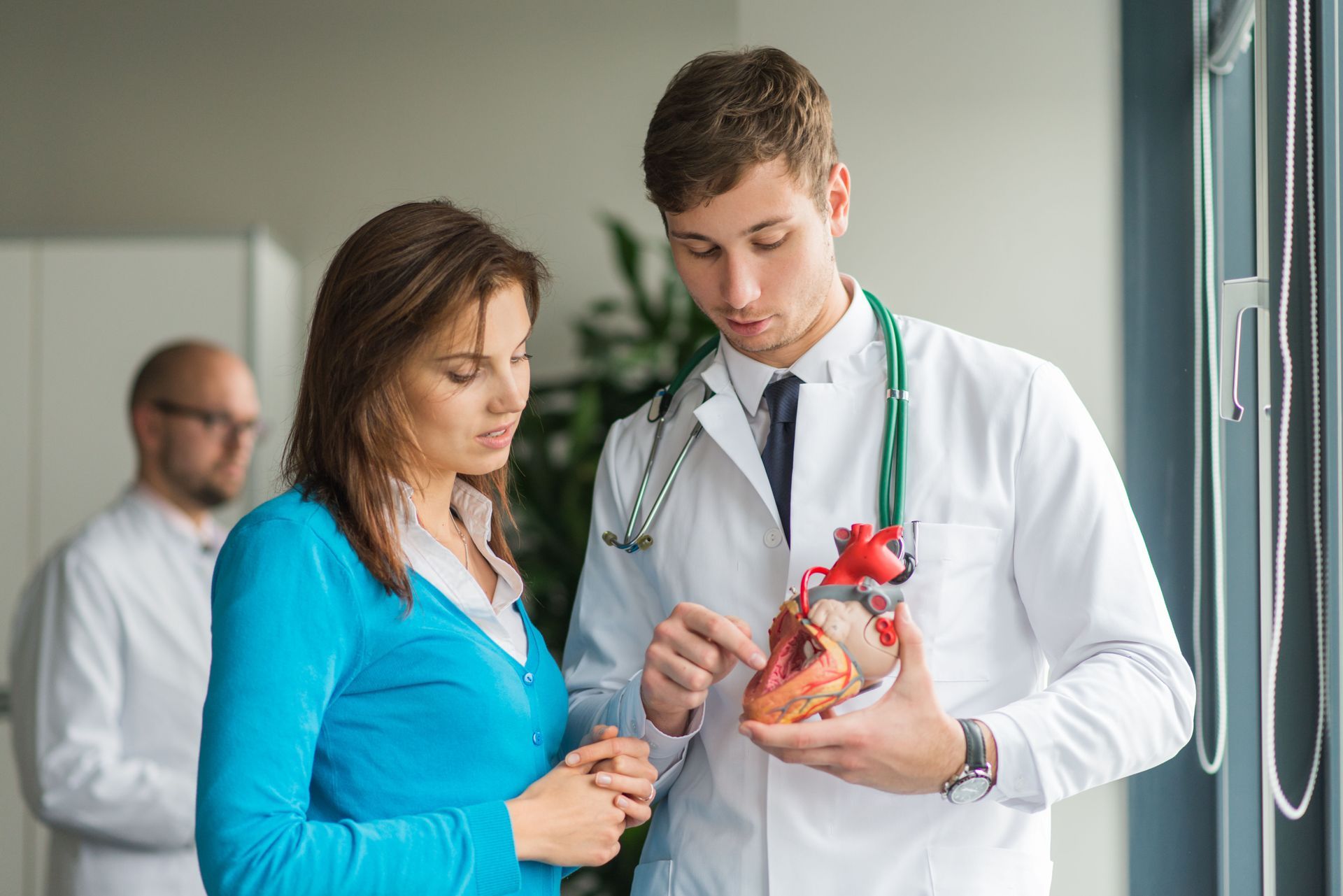

Share On: